Handloom fashion show at Bharat Tex 2025 attracts buyers from Europe, Australia
The event was organised at the amphitheatre in Bharat Mandapam as part of the Bharat Tex 2025 exhibition being held here from February 14-16.
The gateway to the global market has opened and now it’s time for the Indian tea industry to make future strategies.

Is it time Indian tea growers take on Sri Lankan hegemony?
Severe economic crises in Sri Lanka have critically impacted its premier tea industry which is struggling to meet its export targets. The prolonged economic woes in the island nation-the doyen of the global tea market are providing an opportunity to neighboring India, which has been a traditional tea grower for the world also.
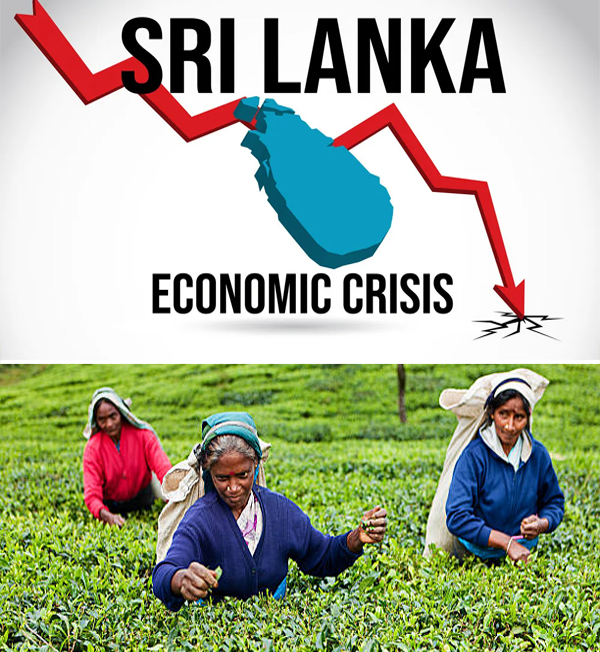
Advertisement
The current Lankan economic situation will lead to a significant decline in tea production and shipments on the island for the season 2021-2022.
Advertisement
The tea industry of Sri Lanka was hugely impacted during the economic crises of 2019-20, but during the current economic slowdown, this has dropped to its lowest level in 23 years. Before the current crisis, Sri Lanka exported tea worth 1.3 billion dollars out of which it exported tea worth 167 million dollars to Turkey, 132 million dollars to Russia, 75 million dollars to Iran, 104 million dollars to Iraq, and 55 dollars million to China, according to Tea Board of India. But this has dropped to its lowest level in 23 years.
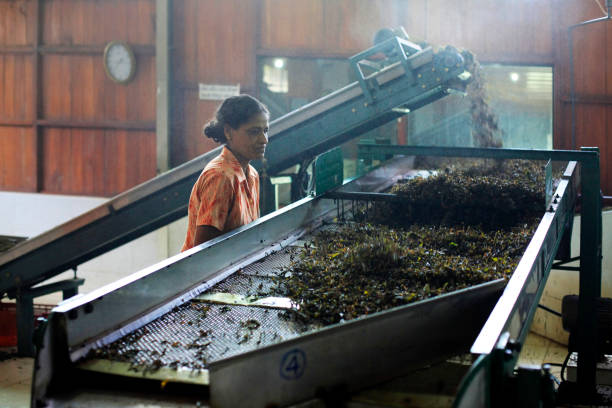
Bratisha Das a tea trader from Darjeeling who recently visited Sri Lanka highlighted the factors responsible for the downfall of tea export in Sri Lanka.
“The Lankan tea factories are struggling to operate as they are facing power cuts, a shortage of fuel and fertilizer, and a dwindle in other production inputs, and this disruption in the production process has led to a decline in the quality as well as quantity. This year the production is expected to fall 20-35 percent which is a huge margin.”
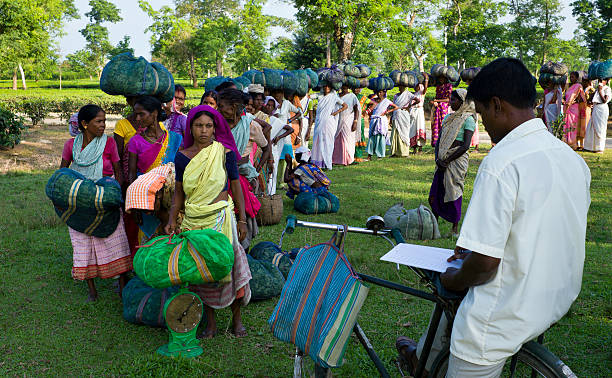
She added; “Sri Lanka produces almost 400 million kg of tea annually- mostly exported to CIS nations (mainly Russia), Iran, UAE, and Turkey, which are the key markets for Sri Lanka, and hence makes it largest orthodox tea producer in the world. But the downfall is an opportunity as the tea consumers from around the globe including Sri Lanka will depend on Indian Tea. However, India could strengthen its footprints and capture markets in these countries by increasing exports for the ongoing year 2022.”
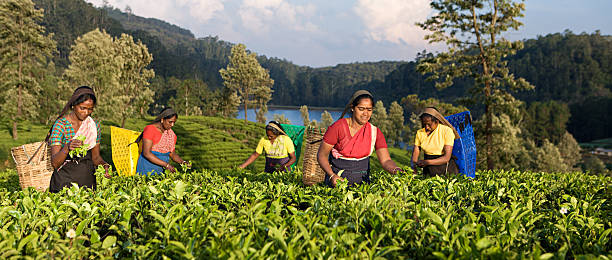
The Indian tea industry is already gaining profit, companies like McLeod Russel India gained benefits by over 11 percent, CCL Products was up over 10 percent, and Tata Tea was up nearly 13 percent, last month following the unfolding of the Sri Lankan economic crisis.
Indian Tea is world-famous, despite this the country is behind in the global tea market. During the Financial Year 2021 Tea worth 704.36 million dollars was exported from the country. Flavors like Assam, Darjeeling, and Nilgiri are among the finest in the world, still, it is in the fourth position for exporting. A variety of reasons such as lack of access to capital, inefficient supply chains, and non-adaptability to changing trends and technologies can be held responsible for this gap.
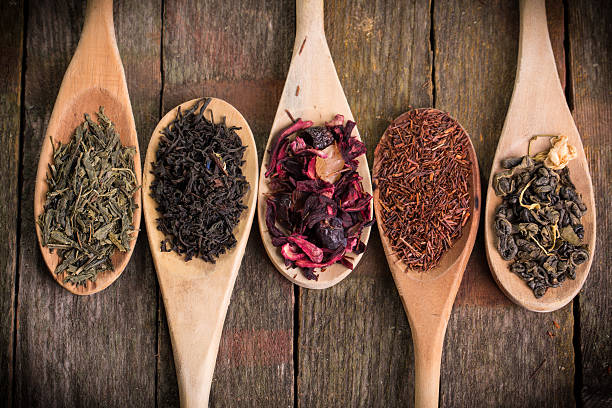
Arya Sen, a tea trader, and an ex-economics professor from Siliguri said, “India and Sri Lanka are two major competitors of the tea industry in the global market, and the situation of Sri Lanka will not get under control soon. In the global tea market apart from Sri Lanka, China is the major producer of orthodox variety but they consume more than export. So, India being the producer of around 120 million kg of orthodox tea, of that 80 percent is exported, will attract more international packers leading to a boom in the Indian tea market.”
Undoubtedly, if the situation on the island continues to worsen deeper and the Indian market expands more, then it will be a gain for the ailing industry. Hence, Shri Lankan economic crisis is an opportunity for the Indian tea industry that should be tapped.
“The gateway to the global market has opened and now it’s time for the Indian tea industry to make future strategies. India should take advantage of the successful bilateral trade and payment mechanism with Russia and become a quality supplier. Also, Sri Lanka has seen a major dip in the Iranian tea market after the crisis and it has lost a chunk of orthodox tea. Grabbing this opportunity Indian tea market must try to make space and work on the up-gradation of payment mechanism with the Iranian tea market as it will help in getting into new markets like Canada, US, and Iraq.” said Sen.
The warming climate is a challenge as it exacerbates the existing challenges of pests and diseases. These compounding challenges threaten the quality of yields that, in turn, will disrupt the entire supply chain. Investments in research and technology adoption can help tea growers adapt to these changes.
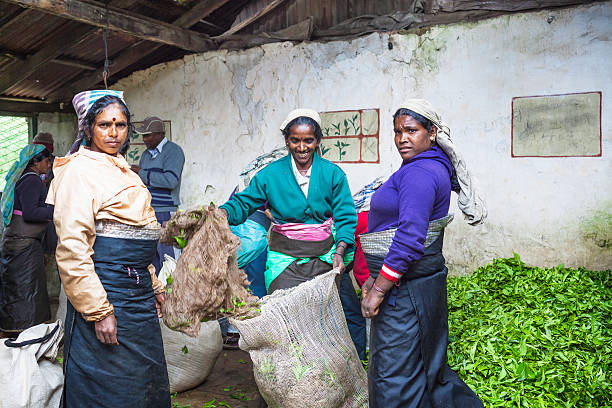
Throwing light on the need for education and infrastructure development in tea growing regions and among tea growers, Sen further added “through community development in tea growing areas the quality of yield could be improved and enhanced. Also, the tea tourism in India should be increased by the government so that revenue and infuse cash into the tea industry will also increase. This will allow the estate owners to invest more into product and capacity development. India is already in demand for black tea, organic and herbal tea in the global market after the pandemic, so to play on the global stage we must grab this opportunity and start providing quality products to global consumers.”
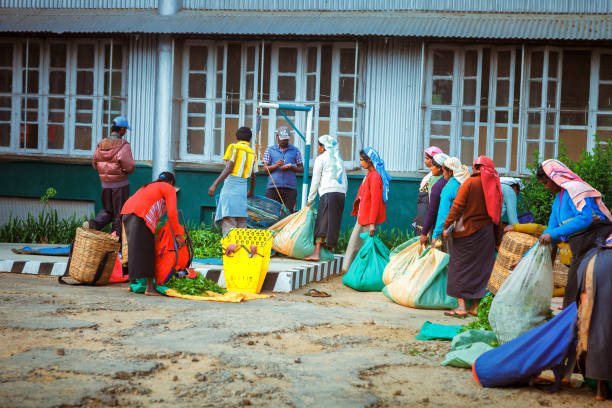

The gap created in the international tea supply chain due to Sri Lankan economic crisis may be temporary but will India be able to fill in this space?
Advertisement